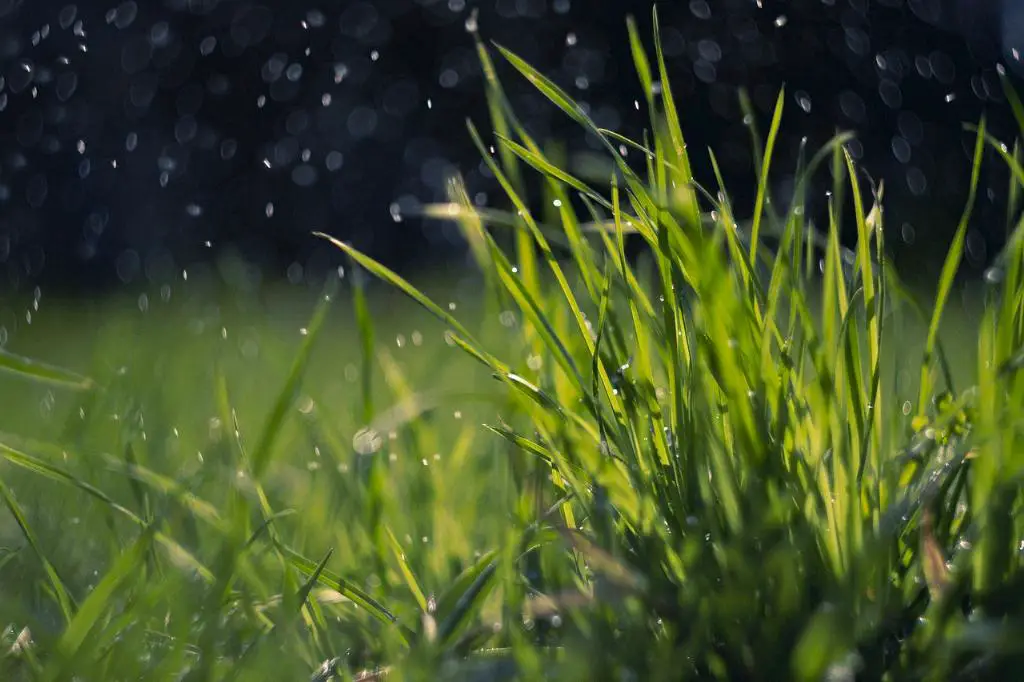Before determining the optimal time to lime your lawn, there are several factors you should take into account. These include the current pH levels of your soil, the type of grass you have, weather conditions, and the specific lime product you plan to use.
Understanding the Importance of pH Levels
The pH level of your soil plays a crucial role in the health and overall appearance of your lawn. Most grass types thrive in soil with a pH level between 6.0 and 7.0. If your soil is too acidic or alkaline, it can hinder nutrient uptake and impact grass growth.
Optimal Times for Lime Application
As mentioned earlier, fall and spring are generally the best times to lime your lawn. Fall applications have the added benefit of cooler temperatures and increased precipitation, which can help the lime break down and penetrate the soil more effectively.
Benefits of Fall Lime Applications
When you apply lime in the fall, it has ample time to dissolve and adjust the pH levels before the next growing season. The cooler temperatures also prevent the lime from burning the grass, allowing for a more gradual and effective soil correction.
Considerations for Spring Applications
While fall is preferred for lime applications, spring can also be a suitable time, especially if you missed the fall window. Applying lime in early spring gives the soil time to adjust before the peak growing season, ensuring optimal nutrient absorption for your grass.
Impact of Weather Conditions on Lime Application
It’s essential to monitor weather conditions when planning to lime your lawn. Avoid applying lime during periods of drought or extreme heat, as this can stress the grass and affect the effectiveness of the lime treatment.
How to Determine the Amount of Lime Needed
To determine the amount of lime required for your lawn, conduct a soil test to assess the current pH levels. Based on the test results, calculate the necessary amount of lime to achieve the desired pH range for optimal grass growth.
Types of Lime Products Available
There are different types of lime products available, such as fast-acting lime and pelletized lime. Each type has its own application method and rate, so be sure to follow the manufacturer’s recommendations for best results.
Application Techniques for Even Distribution
When applying lime to your lawn, use a spreader to ensure even distribution across the entire area. Avoid overlapping or underlapping to prevent uneven pH levels in the soil, which can lead to patchy grass growth.
Monitoring the Effects of Lime Application
After applying lime to your lawn, monitor the pH levels of the soil periodically to track the progress. It may take several weeks for the lime to fully adjust the pH levels, so be patient and continue to provide proper care for your grass.
Consulting with Lawn Care Professionals
If you’re unsure about when to lime your lawn or how to go about the process, consider consulting with a lawn care professional. They can provide expert advice tailored to your specific lawn care needs and help you achieve a lush, healthy lawn.

Conclusion
In conclusion, determining the best time to lime your lawn involves assessing various factors like pH levels, grass type, weather conditions, and lime product choice. By following the recommended guidelines and monitoring the effects of lime application, you can promote optimal grass growth and maintain a vibrant, green lawn throughout the year.
